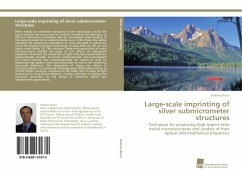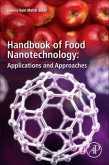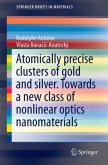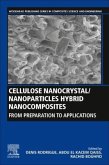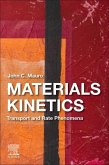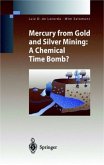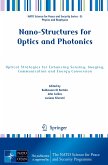While metals are extremely widespread in the macroscopic world, the use of metallic microstructures is currently limited by the deficiency of efficient fabrication techniques and the incomplete understanding of the material properties at submicrometer scale. In this thesis the author exploited the exceptional malleability of silver and gold to extend the use of the forging technique (imprinting) to sizes down to 100 nm and aspect ratios above 10. The successful large-scale production of metal microstructures enabled the study of size effects on mechanical properties. Moreover, the interaction of light with metal-semiconductor subwavelength periodic structures (metamaterials) was investigated. The results indicate that (nano)imprinting can indeed be used for producing high-quality metal microstructures as well as for metalizing structured dielectrics. The observation of strong size effects in structures below 1 um (showing inhomogeneous deformation and up to 10-fold higher strengths compared to the bulk) and of sharp IR-light resonances in silver-silicon photonic crystals contribute to develop the necessary know-how for the design of innovative MEMS and optoelectronic applications.
Bitte wählen Sie Ihr Anliegen aus.
Rechnungen
Retourenschein anfordern
Bestellstatus
Storno

